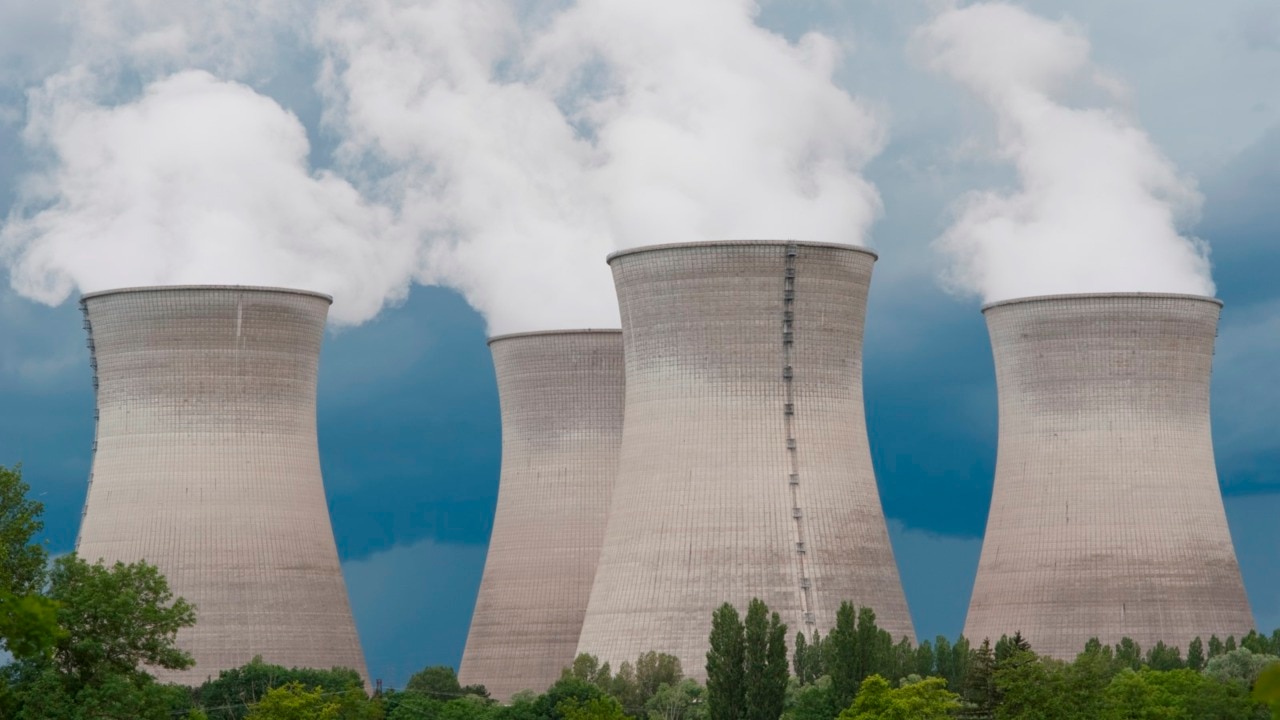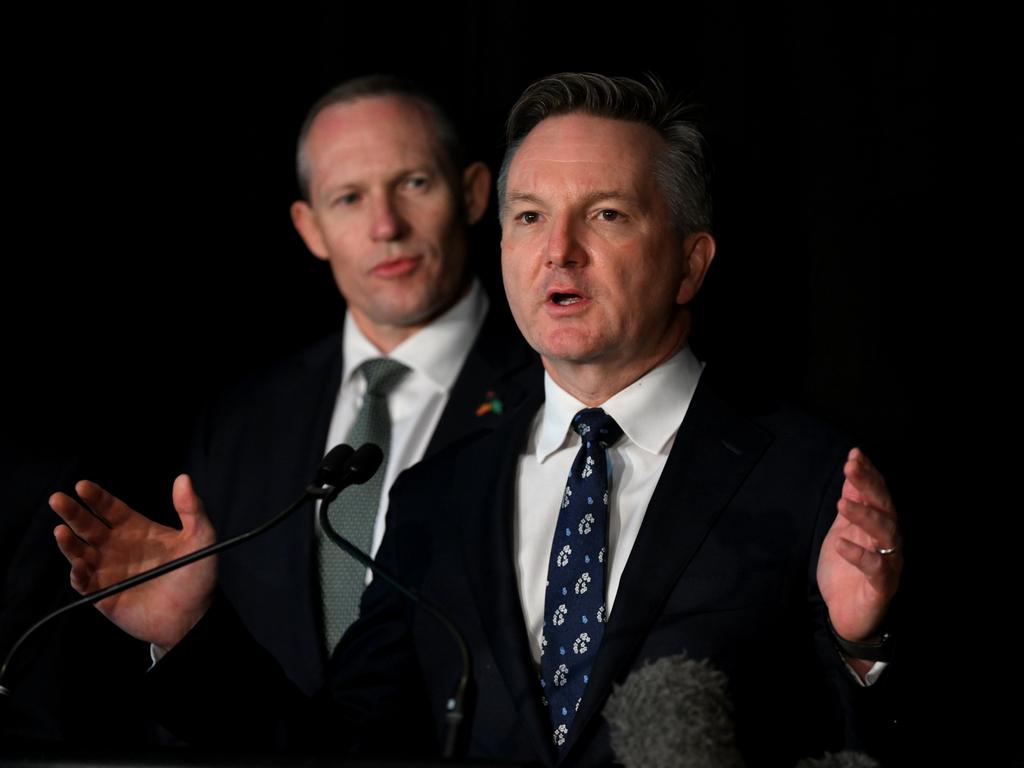
The Melbourne Institute’s most recent Taking the Pulse of the Nation report found that one-fifth of Australian households already are struggling, with many skipping meals and going into debt just to pay their energy bills. And this is before the power bill surge of 20 to 30 per cent that is predicted to hit by July.
The long-term outcomes of energy poverty are dire. A 2021 study published in Energy Economics found that energy poverty predicted a decline in general health. Another large study, published last month in Lancet, found that energy poverty was correlated with a 49 per cent increase in depression and anxiety.
In Europe, energy poverty is associated with senior citizens freezing to death in their homes. In Australia, those on low incomes are vulnerable during summer as well as winter and are especially at risk during heatwaves.

In 2009, I was living in South Australia during its worst heatwave in history. We experienced two weeks above 33C, six days above 40C and four days above 43C. Health authorities in Victoria attributed the extreme conditions to 374 deaths. In Adelaide, a makeshift morgue was set up to house the excess bodies. In extreme weather, energy poverty kills.
Across the past 10 years electricity prices have increased by 100 per cent according to the Australian Bureau of Statistics consumer price index. The number of Australians falling into energy poverty has been steadily rising across the same period.
While Energy Minister Chris Bowen has blamed increasing power bills on the Russian invasion of Ukraine, our current situation has been years in the making. For an advanced economy that is as rich with natural resources as we are, it beggars belief that a sizeable portion of us cannot afford to heat or cool our homes.

According to the TTPN report, more Australians believe the solution to our energy affordability problems is long-term investment in energy infrastructure than temporary government measures.
Contrary to the oft-repeated narrative that nuclear energy is unpopular in Australia, the TTPN report shows those 45 per cent aged between 35 and 64, as well as 45 per cent of those earning the median wage, support investment in nuclear power infrastructure as their preferred solution to Australia’s energy affordability problems.
For voters in these demographics, investment in nuclear was preferred over solar, wind and hydro (at 43 per cent) and it was also preferred over temporary fixes such as rebates and subsidies (at 18 per cent).
This is not entirely surprising given world events. Germany, which has just shut down its last three nuclear power plants (despite public opposition), has the highest household electricity prices in the OECD, while Canada, which operates 19 nuclear reactors, has the cheapest. There appears to be a growing awareness that reliable baseload power is not easy to come by. Politicians have been promising voters that renewables will reduce power prices for at least a decade, yet no country has successfully transitioned from fossil fuels to renewables without relying heavily on hydro-electric and nuclear power in the process.

Sweden is a renewable energy powerhouse but sources 30 per cent of its electricity from nuclear power; France sources 63 per cent; the US 19 per cent; Britain 15 per cent. Yet like Germany, which has made an art out of poor energy policy, the Australian government appears to believe it can move to clean energy on the back of wind and solar alone.
Of course, critics of nuclear power in Australia argue that it is too expensive for us to even consider. Looking at the most recent large reactor project led by a South Korean team in the United Arab Emirates – considered the world’s most competitive – a recent expert report determined that the price of building large reactors would have to decline by “at least 30 per cent” to become locally viable.
Excessive financial risk is a valid criticism when it comes to large reactor projects. Small modular reactors, however, can circumvent many of the risks associated with these large projects, financial or otherwise. And while SMRs are a developing technology, this has not stopped rich nations such as Canada from announcing strategies for SMR research and investment.
In February, the Trudeau government, which is hardly a bastion of right-wing climate denialism, announced it would invest tens of millions in SMR supply chain manufacturing and SMR waste management technology.

Citing the fact Canada is the second largest producer of uranium, the Canadian Environment and Climate Change Minister has described next-generation nuclear power as one way in which the country “will help fight pollution and create sustainable jobs for generations to come”.
There is no SMR strategy on the horizon for us, however. In next month’s budget, Jim Chalmers is expected to provide households with rebates that will provide some relief to offset their surging power bills. But Australians are tired of such temporary measures.
While low-income households are suffering from the financial equivalent of arterial bleeding, a one-off rebate is akin to throwing them a tissue. Across the long term Australians need cheap and reliable baseload energy – not only to power our industrial economy but as a matter of survival.
Claire Lehmann is the founding editor of Quillette.








While Australian leaders are busy debating the voice, many Australians do not know how they will pay their next power bill.